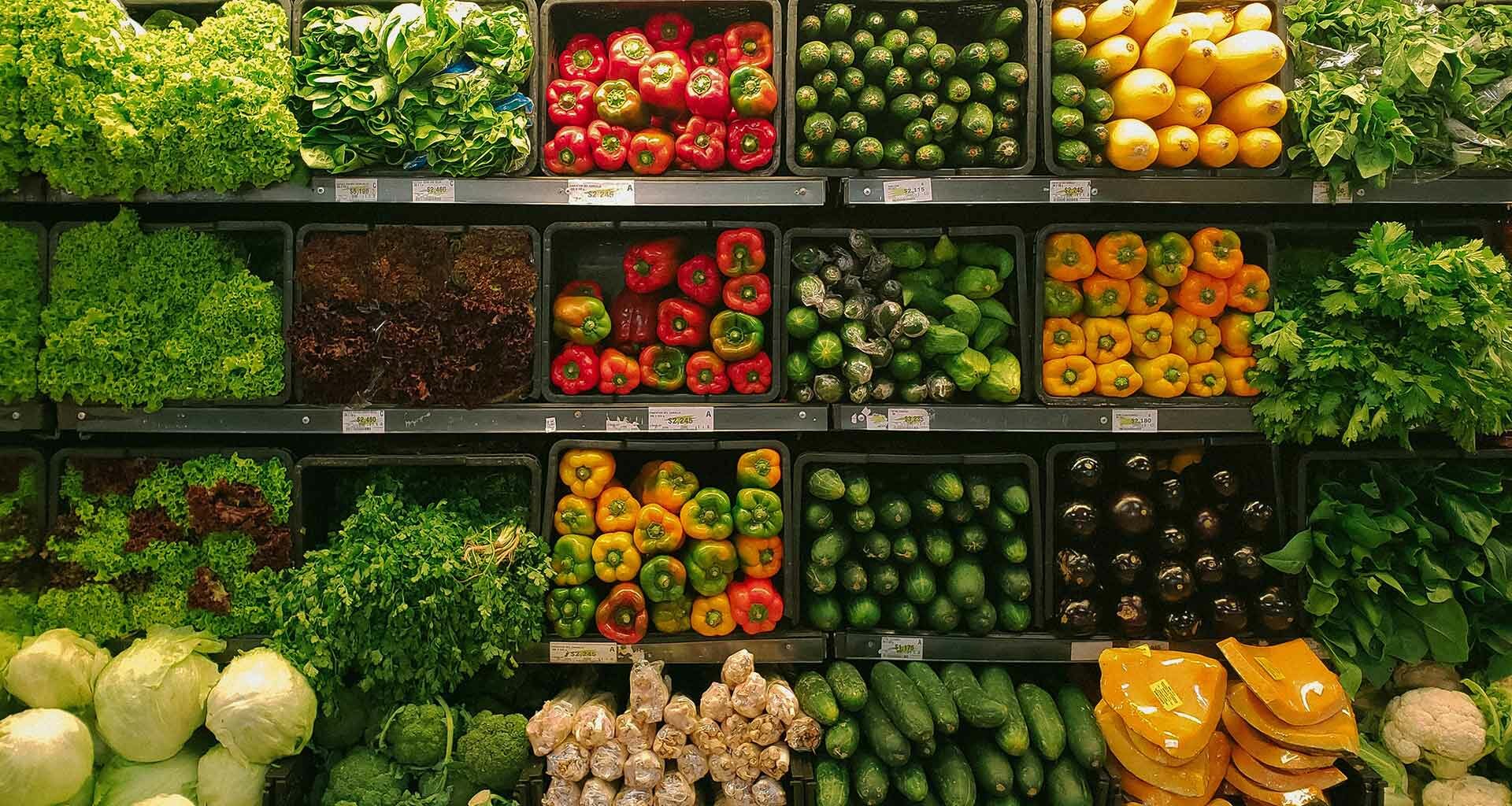Full shelves at the supermarket were something taken for granted pre-pandemic. But when sales rocketed by 21% and our usual supply of canned tomatoes and toilet paper disappeared, supermarkets had to react quickly to cope with the rush.
by Matt Hopkins
The level of demand has evened out since life got back to sort-of normal, but it is still higher than pre-2020 and supermarkets have had to build in new ways of working to cope with the shift. In fact, 71% of people in the US plan to continue cooking at home since the pandemic rather than eating out and as consumers face rising inflation and sweeping layoffs, restaurants should be preparing for a further drop in the numbers of those dining out.
Supermarkets are anomalies among retailers in that they actually get more business in an economic downturn.
While this is positive, rapid change to the status quo can bring its significant challenges. First, supermarkets might have difficulty keeping up with demand and not source enough inventory. On the other hand, with such unpredictable market conditions and high volumes of perishable goods, overstocked shelves are a big problem too, resulting in wasted food or lack of warehouse space.
And there are deeper, more permanent indicators from economic shifts that will challenge current operating models. For example, where restaurants may not have the financial resilience to withstand an economic shift, delivery services can easily pop up with minimal overheads and may just be able to tempt consumers to ‘eat out by staying in’ with low prices.
The only option for food retailers to stay competitive is to evolve and make smart decisions about which revenue stream to focus on. For example, supermarkets could invest in their own delivery service to take on the aggregates or decide to focus on new formats for a superior in-store experience.
Dependence on eCommerce
eCommerce in the food industry reached a point of necessity during the height of the pandemic and is continuing to flourish in the start of 2023. An estimated one in three will continue to shop online for food.
Traditional retailers must take this into account. In order to compete with pure play e-retailers, supermarkets must either pay for a delivery app or service, or hire staff to run their own. Delivery services are growing in power, and though it still brings in business for supermarkets, an eCommerce element can still challenge cost-to-serve goals.
However, many consumers still look for that in-store shopping experience and retailers need to evolve their stores to drive loyalty and deliver brand promise.
The modern, in-store experience
Traditional supermarkets are evolving with the times as much as the eCommerce movement. Much sales success in supermarkets comes from customers browsing items and discovering new offers, so focusing wholly on eCommerce would be a faulty approach.
There is increasing investment in innovating and modernizing supermarkets. Customers can collect packages from the same place they buy produce, and instant check-out allows them to wander in and out without any interaction with staff. Amazon Fresh stores have popped up everywhere, creating a completely autonomous experience for consumers.
While this isn’t feasible or desirable for many traditional food retailers, there are other ways to create an enjoyable and simple shopping experience. Beyond cashless checkouts, grabbing consumer attention with personalized offers or physical in-store innovations can all help boost spend. A more expensive, customized shopping experience must be coupled with outstanding deals. With disruptors like Amazon Fresh in the industry, the more creative stores can be, the better success they’ll have.
Planning for the best in the worst circumstances
Retailers must approach digital transformation in a holistic way – being able to learn, understand and act based on previous moments of economic decline, periods of growth, customer behavioral patterns and industry trends will give retailers a full picture of how to approach upcoming challenges.
Real-time, predictive technology will provide decision intelligence to better adjust and get ahead of consumer shifts.
Supermarkets need to streamline spending planning and distribution. Integrating operational decisions with financial plans down to product, store and day, perhaps even time of day, will give supermarkets the ability to continuously align the entire business to optimal trading and customer outcomes.
Matt Hopkins is Global Retail Marketing Director of Board.












